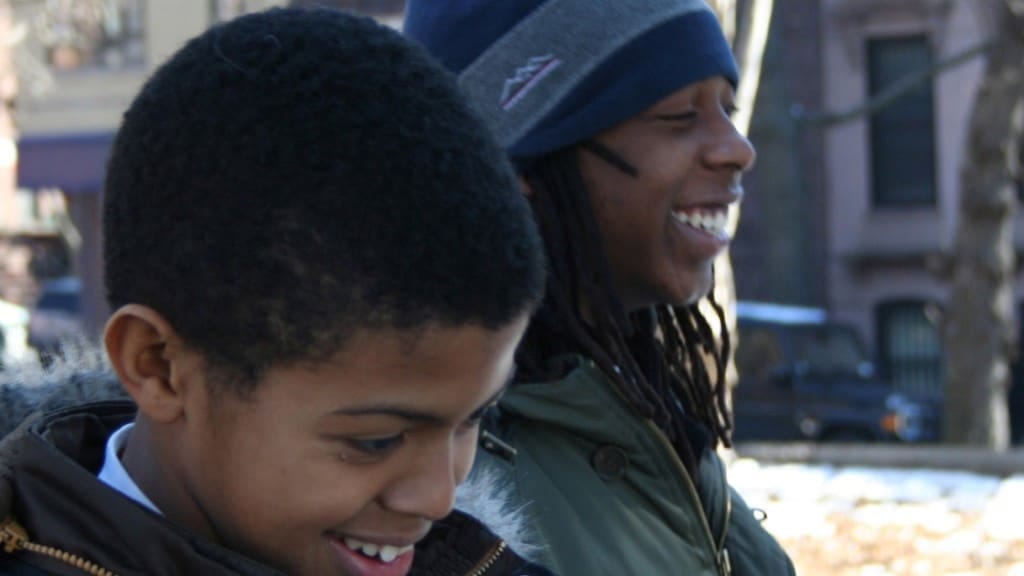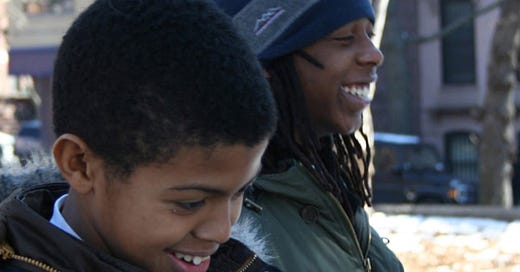The Doc Option: Watch ‘American Promise’ If You Like ‘Boyhood’

The raves are flying thick around Boyhood, the long-time-in-the-making new film from director Richard Linklater which finally opens in theaters this weekend. Linklater and his crew shot the movie over the course of 12 years, so that they could capture the main character age in real time, from a young boy to a high school graduate. I can vouch for pretty…
Keep reading with a 7-day free trial
Subscribe to Nonfics to keep reading this post and get 7 days of free access to the full post archives.



